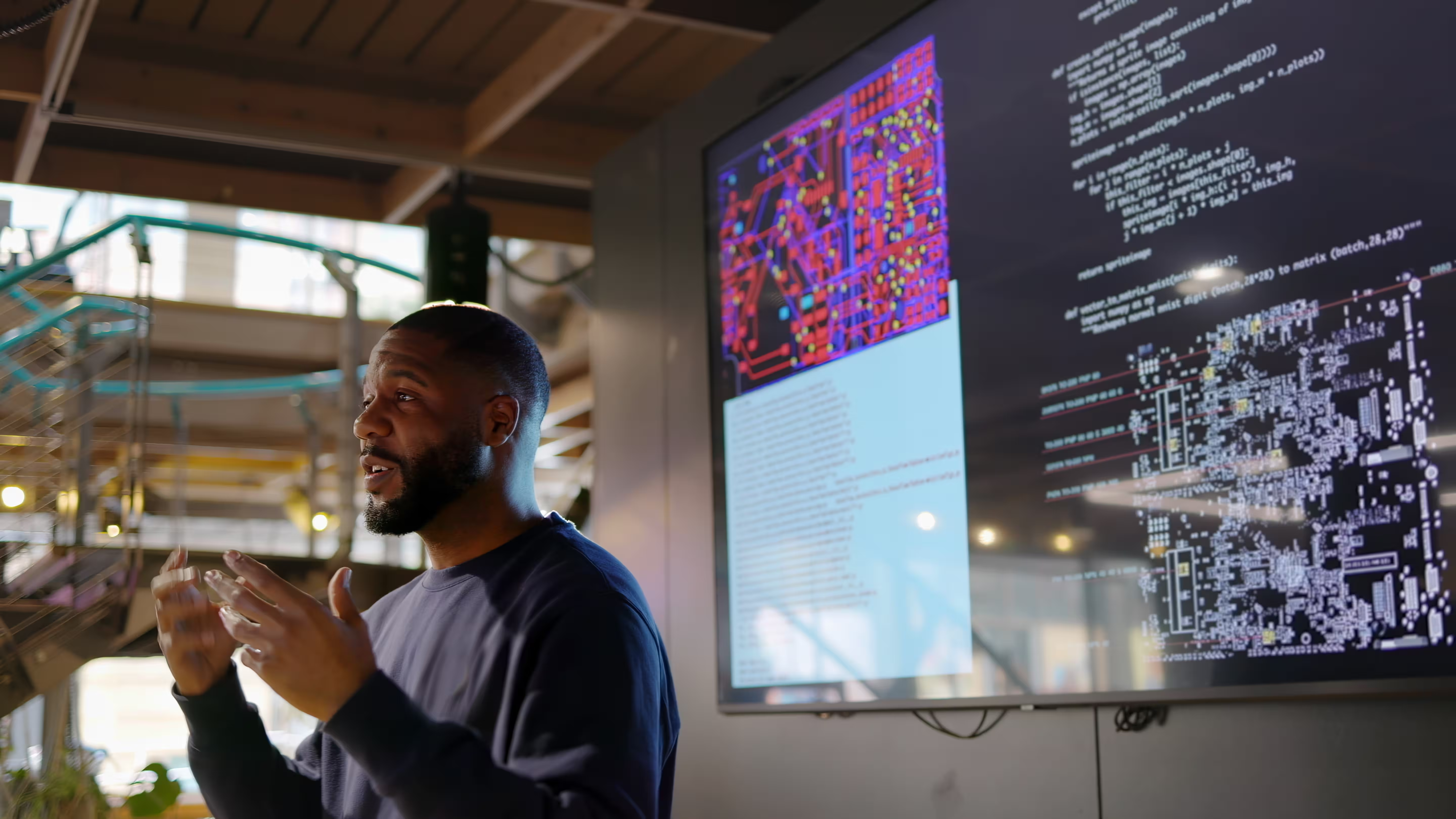Every little thing you do should be magic: why end-to-end CX matters
Everything plays into a customer’s perception of your brand. Absolutely everything.
Certainly, your financial institution (FI) works hard to deliver great customer experiences: positive face-to-face meetings, compelling advertising and a user-friendly website. But these aren’t the only experiences that make impressions on your customers. Every single interaction with a customer contributes to their perception of your FI—even a quick note about a regulatory change or an ATM screen message. They absorb it. If it leads to confusion or inconvenience or doesn’t align to their expectations, it may lower their opinion of your brand.
Every single interaction with a customer contributes to their perception of their FI.
You’ve probably experienced this yourself. Maybe you brought on a new systems vendor that seemed professional and consistent at first. But when you started using their dashboard, it felt clunky, or the emails you got from them just didn’t seem to connect. It takes many positive impressions to balance out such experiences.
In today's competitive landscape, end-to-end CX is no longer a luxury; it's a necessity. And making it exceptional means taking it wide and deep—making sure every touchpoint is a great one. If the effort is superficial, they’ll notice.
What does end-to-end customer experience include?
For every kind of business, end-to-end CX includes all interactions a customer has with the brand—from marketing to the sale to product use to customer service and everywhere in between. It means managing the entire customer life cycle for consistency with the brand’s goals.
End-to-end CX can make your brand’s look, feel and voice truly sing at every customer touchpoint.
End-to-end CX can make your brand’s look, feel and voice truly sing at every customer touchpoint—not just those you consider most important, but every single encounter with the customer, large or small.
Why end-to-end CX is important for FIs
In the financial services industry, end-to-end CX means providing seamless, personal, digital-first experiences augmented with exemplary face-to-face service. The experience should be an omnichannel one: it should feel to the customer like they’re dealing with the same entity whether they’re in a branch, using an automated teller machine, at a retail location, on their computer or their mobile device. Promised availability must be delivered. The tone of voice should be consistent, the look and feel should be consistent, and the ease of use should be consistent.
As the digital transformation trend continues, with the increasing adoption of digital channels, leading FIs are increasing their use of technology to improve their efficiency in delivering prompt, accurate, personalized assistance to meet rising customer expectations.
By prioritizing CX, FIs can build lasting relationships, drive growth and strengthen their brand reputation.
Excellent CX can help your FI:
- Enhance its brand’s competitiveness in today's competitive landscape, because customers know they have options, from traditional banks to digital-only banks to fintech startups.
- Lower its cost of service by using up-to-date technology to improve the efficiency of simple transactions.
- Retain existing customers, because satisfied customers tend to remain loyal, which reduces churn and increases lifetime value.
- Attract new customers, because satisfied customers tend to recommend their FI to others. That positive word of mouth can help you earn new customers.
- Generate incremental revenue, because positive CX can lead to increased revenue through cross-selling and upselling of satisfied customers, who are more likely to buy more products and services.
- Build trust and confidence, which is essential to an industry that handles sensitive financial information.
- Satisfy compliance requirements, because great CX can make it easier to meet the customer service standards many jurisdictions require.
Challenges for FIs in delivering end-to-end CX
Ensuring a smooth and efficient customer journey across all channels requires a coordinated effort across the FI. When departments work in organizational silos, as many organizations have historically done, inconsistencies in service delivery can arise. It can be difficult to communicate clearly about complex financial products when they’re described one way on the website and another way in your brochure. This can confuse customers (and confused customers are likely to seek solutions elsewhere).
It can also be challenging to manage the CX through the digital transformation process. The rapid pace of technological change can make it challenging to keep up with customer expectations and deliver a seamless digital experience.
Despite these challenges, end-to-end CX offers significant opportunities for financial institutions. By providing superior CX, financial institutions can differentiate themselves from competitors, build customer loyalty and drive revenue growth.
Key strategies for delivering end-to-end CX
A successful CX program consists of three focus areas:
- A customer-focused mindset across the organization.
- A strategy of treating every customer like your only customer.
- A corporate discipline that includes a clear understanding of the company’s objectives and how they align to your customers’ needs with a focus on delivering exceptional experiences across every touchpoint of the customer journey.
FIs can improve the customer experience by prioritizing proven strategies such as:
- Ensuring uptime and availability of your ATM and online channels so no customer goes away disappointed they can’t access their finances through their preferred channel.
- Implementing a digital-first omnichannel strategy that provides a seamless CX across all channels, from your branches to your app to your ATMs.
- Fostering a customer-centric culture that leads employees to deliver exceptional service.
- Empowering frontline staff with the training, tools and authority to resolve customer issues effectively.
- Leveraging data analytics to gain insights into customer behavior and preferences, tailoring services accordingly.
- Structuring continuous improvement with regular evaluations of customer satisfaction, proactive measures to prevent problems from arising and identification of areas for improvement.
By delivering excellent end-to-end CX, FIs can retain and attract customers, increase revenues and compete more effectively in the marketplace. But doing so requires an omni-channel approach that focuses on customer needs, technology integration and a customer-centric culture.
Let’s explore what’s possible for your business. Our team is ready to connect and discuss tailored solutions that meet your goals.
Thank you for reaching out. A member of our team will be in touch shortly to continue the conversation.







%20(1).jpg)





%20(1).jpg)

%20(1).jpg)




%20(1).jpg)
%20(1).jpg)
%20(1).jpg)

%20(1).jpg)
%20(1).jpg)
.jpg)
.jpg)
.jpg)
%20(1).jpg)
.jpg)
.jpg)
.jpg)




.jpg)
.jpg)
.jpg)
.jpg)
